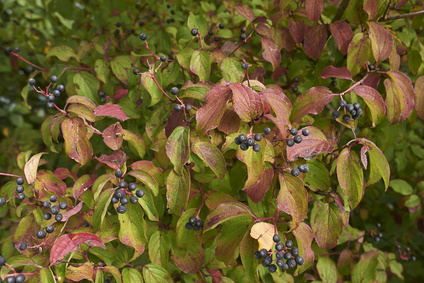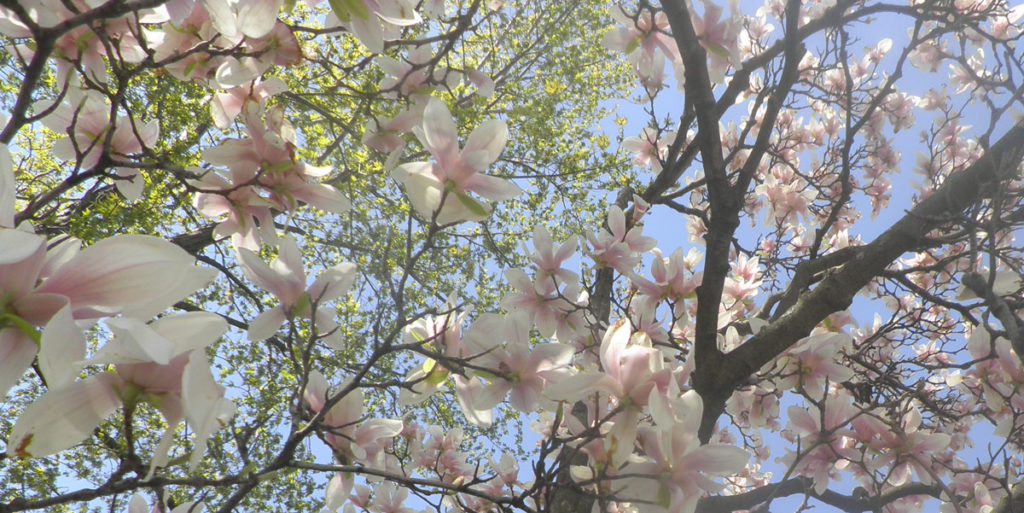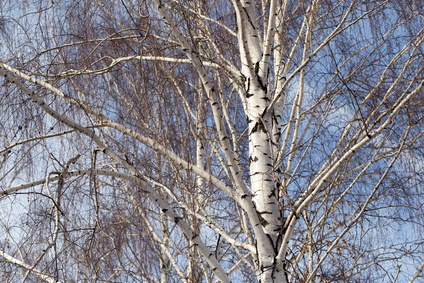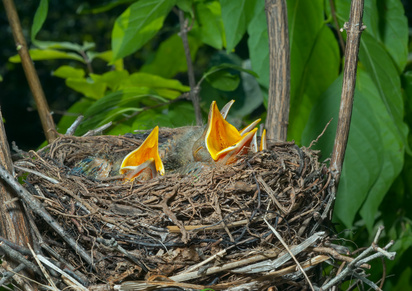The Ultimate Guide to Tree Pruning
Are you looking for information on tree pruning? Read on to discover when, how and why to prune your tree together with important things to look out for and what you need to avoid.
Why Prune a Tree?
For some trees, pruning is a necessity for various reasons. Fruit trees for example need to be pruned to help them develop a strong branch structure. Cedar trees need pruning from an early stage to prevent them developing twin trunks which can weaken them and make them more prone to storm damage.
A few species of trees tend to produce shoots or branches that become congested, cross over or rub together. This is not good for the health of the tree as it can stifle airflow and branches that rub together can weaken over time, sometimes creating entry points for disease and pests. Pruning is essential to remove such branches and prevent damage spreading to healthy parts of the tree.


Pruning is also useful to maintain a tree at a manageable size so that it does not outgrow its surroundings or block light. Willow trees benefit from pruning so that their long, cascading branches are kept neat and tidy and don’t make landscaping difficult. Certain trees need regular shaping to keep them looking balanced and attractive.
Lastly, removing dead wood is vital so that it does not fall unexpectedly. It occurs naturally as part of the natural lifecycle of the tree, but should not be left for health and safety reasons.

When to Prune Your Tree?
There is a general rule to follow when it comes to getting the timing right for tree pruning, and that is to avoid the active growing season. The general rule for tree pruning is to avoid the active growing season. When a tree is actively growing, it will bleed sap when cut. This attracts bugs and diseases. Bugs lay eggs around pruning wounds which can lead to a tree becoming significantly infested. Some insects can even cause the death of a tree.
In the majority of cases the active growing period falls between late spring to early winter, however there are exceptions to this rule, such as with the silver birch tree which, as a prolific sap bleeder, must only be pruned between late summer and early autumn. It is very important to check the precise optimum pruning time for your particular species of tree. We have compiled extensive guides covering most species, all of which can be found amongst our news and tree ID pages. You may also contact us for individual advice. When it comes to the health of your prized trees, expert, qualified advice is vital.

How to Prune a Tree?
As with when to prune your tree, how to prune your tree will also vary from one species to another. Again it is important to follow the individual instructions for your particular tree, because what is healthy for one could be devastating for another.
Some trees for example must not be hard pruned because, quite simply, they are likely to die as a result. Yew trees can withstand hard pruning, but other types of conifer tree will not regrow if the brown wood is pruned into.
For some trees there are very specific procedures to follow when pruning, for example with the silver birch which cannot be over-pruned as this can lead to rot pockets which can weaken the tree. Others however simply need a tidy-up and balancing out to make them more pleasing to the eye.
Fruit trees, such as plum, need to be formatively pruned in a certain way so that they develop strong branch structures, but the pruning method even varies between different growing types such as bush, pyramid and fan, and then changes as the plant gets older.
In other words, there is no hard and fast rule when it comes to how to prune your tree. Instead you’ll need to check the specific instructions for your species. You’ll find various guides amongst our news pages, and if you have any particular requests for guidance then you are welcome to let us know.
One rule that does stand regardless of the species of tree you are pruning is to always thoroughly clean your cutting tools if they have been used to prune out disease. Use a disinfectant to prevent the spread of disease to other shoots or plants. You are also best advised to prune during dry weather as this will keep the spread of disease to a minimum. Always be certain to bag up waste material and dispose of it carefully and responsibly. Never keep any logs from diseased trees, only use the healthy ones to create wildlife habitats.

The Legal Aspects of Tree Pruning
There are various laws governing tree work. The time of year, the location of the tree, its notability and the title deeds of a piece of land can all impact upon whether work can proceed and the extent of the work permitted.
Before going ahead with any tree pruning, it is vital to read up on the laws surrounding tree work. Things like Tree Preservation Orders (TPOs), Conservation Areas, Sites of Special Scientific Interest, restrictive covenants and nesting birds must all be taken into consideration.
Our guide, The Law on Trees and Tree Work, explains everything you need to know in detail.

What to Look out for When Pruning a Tree
There are some very important things to check for when pruning a tree and again these will vary from species to species. Your main aim is to identify symptoms of disease and infestation so that you can arrange to apply appropriate treatments as early on as possible, giving the tree the best chance of making a good recovery.
Certain trees are prone to particular types of disease and pest infestation, so it is important that you get to know what your individual tree may be susceptible to and what to look out for.
Our guide to common tree diseases, pests and fungi is a must-read if you truly value your tree.
Expert Tree Pruning Advice from a Trusted Essex Tree Surgeon
Qualified tree surgeons have in-depth knowledge in all aspects of tree pruning. If you are in any doubt whatsoever about how, when and indeed whether to prune your tree, always seek professional advice from a qualified, experienced and locally respected tree surgeon.
If you could benefit from some tailored advice on pruning your particular tree, why not get in touch with TH Trees Ltd? Our highly qualified and experienced tree surgeons are ready and waiting with the knowledge and skill you need to prune your prized tree to perfection!
Amazing service from Mark and his team. We had a problem with Bamboo that had spread from a neighbours garden. Mark kept us informed with regular phone calls and images of how the work was progressing, as we were not present the house. 1st class job and a pleasure to do business with this company.
Thank you Colin and Gillian for your kind review. It was a pleasure to be able to clear the bamboo for you.







